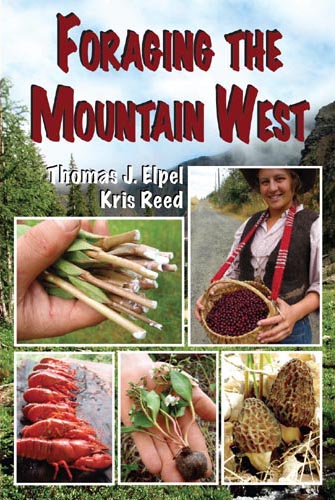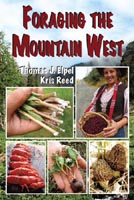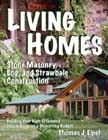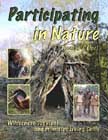
Solanaceae
Plants of the Nightshade Family
Stop and study the next tomato, potato or pepper flower you come across and you will quickly learn the Nightshade family. These are herbs with alternate leaves and colorless juice. They have solitary, bisexual, regular flowers with 5 (rarely 3, 4 or 6) separate or united sepals and 5 united petals. There are 5 stamens inserted on the tube. The ovary is positioned superior. It consists of 2 united carpels with the partition walls often present, but more obvious in wild species than domestics. Cut across a maturing berry (like the tomato) or a capsule (like a Petunia) and you will usually see the two chambers inside.
 Worldwide, there are 85 genera and 2,300 species, including many of our favorite foods. Thirteen genera are native to North America. The tomato is the genus Lycopersicon. Bell peppers, chili peppers, jalapeno peppers, paprika and tabasco all come from the Capsicum genus. Physalis is the tomatillo. Solanum includes the potato and eggplant. Belladonna is Atropa, while the petunia flower is from the genus Petunia. The genus Nicotiana gives us tobacco.
Worldwide, there are 85 genera and 2,300 species, including many of our favorite foods. Thirteen genera are native to North America. The tomato is the genus Lycopersicon. Bell peppers, chili peppers, jalapeno peppers, paprika and tabasco all come from the Capsicum genus. Physalis is the tomatillo. Solanum includes the potato and eggplant. Belladonna is Atropa, while the petunia flower is from the genus Petunia. The genus Nicotiana gives us tobacco.
Chemically, the pattern of this family is alkaloids and lots of them. Many species of this family are narcotic. A narcotic is any alkaloid that depresses the central nervous system; they are toxic in excess. They are used especially for their analgesic properties. An analgesic numbs the body's sense of pain, like opium or morphine. For similar reasons, a few of these species are useful as sedatives. Some depressants can cause hallucinations, including Atropa, Datura, Hyoscyamus and Mandragora. Our European heritage of witches flying on broomsticks comes from these hallucinogenic plants. An ointment containing Atropa and Hyosyamus was rubbed on the broomstick then absorbed through the vaginal tissues by "riding" the broom. The "witches" then experienced "flying". It should be noted that these plants are all extremely poisonous, with a toxicity that varies from plant to plant. Many individuals have died while attempting to hallucinate. Symptoms of poisoning include an unquenchable thirst, dilation of the pupils, delirium, hallucinations, convulsions and coma.
Today the alkaloid scopolamine is used medicinally to treat seasickness or vertigo. Soldiers in the Persian Gulf War carried the alkaloid atropine with them as a treatment for nerve gas attacks (Duke). The juice of Atropa was used by Italian ladies as eye drops to dilate the pupils, hence the common name belladonna, meaning "fair-lady" (Klein). Plants with parts that are free of alkaloids are often our food plants.
Key Words: Alternate leaves. Flower parts in fives with united petals and a two-celled ovary.
Please e-mail Thomas J. Elpel to report mistakes or to inquire about purchasing high resolution photos of these plants.
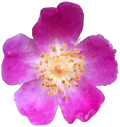



 Worldwide, there are 85 genera and 2,300 species, including many of our favorite foods. Thirteen genera are native to North America. The tomato is the genus Lycopersicon. Bell peppers, chili peppers, jalapeno peppers, paprika and tabasco all come from the Capsicum genus. Physalis is the tomatillo. Solanum includes the potato and eggplant. Belladonna is Atropa, while the petunia flower is from the genus Petunia. The genus Nicotiana gives us tobacco.
Worldwide, there are 85 genera and 2,300 species, including many of our favorite foods. Thirteen genera are native to North America. The tomato is the genus Lycopersicon. Bell peppers, chili peppers, jalapeno peppers, paprika and tabasco all come from the Capsicum genus. Physalis is the tomatillo. Solanum includes the potato and eggplant. Belladonna is Atropa, while the petunia flower is from the genus Petunia. The genus Nicotiana gives us tobacco.















